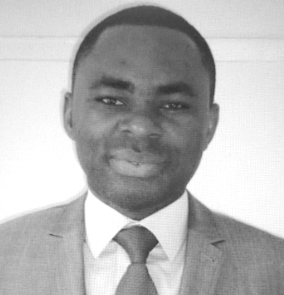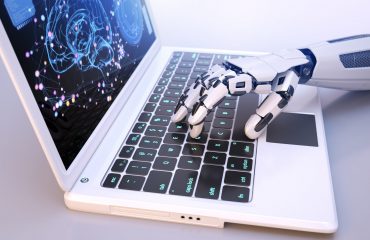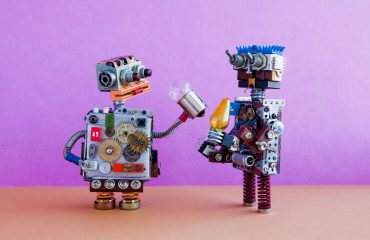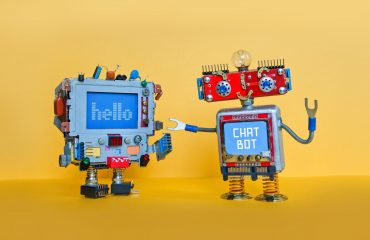Leveraging AI Models for Image Recognition
Have you ever questioned how your face gets scanned at customs when you enter several countries? Or how is the brand-new smartphone capable of unlocking itself merely by your face? The answer to all your question is Face Recognition Technology (FRT)
What is Face Recognition Technology?
Face recognition technology is a system designed to identify people, products in a static image or video. FRT technology has been around for several decades. Still, its use has become more noticeable in the past few years as it is now used as part of innovative solutions, such as recognition of character such as people, products and additional authentication on mobile devices.
The market for facial recognition solutions was in the order of $ 3.97 billion in 2018. It is forecast to grow to $ 10.15 billion by 2025. Some experts insist on the broader application of this technology, while others question its safety and accuracy.
How does it work:
After examining a video clip or a still image, the computer turns the data into a digital file termed “faceprint”. It comprises data about the essence of facial features and the connection between them. The software generates up to 40,000 critical points in total, but it is not always necessary to use all of them. The more distinctive a face is, the more unique features it has, the less work the computer does.
Even if you are growing a beard or changing your hairstyle, the system will recognise you. It knows that the hairline is continuously evolving, so it is doesn’t count. What is essential is the triangle of the face:
Where are face recognition used?
Facial recognition technologies might appear futuristic, but they are already actively used in a variety of ways. Here are some great uses for this technology:
Security:
Some apps use facial recognition to protect your data. Even a protected password can’t protect your accounts and data from expert hackers, so people decided to rely on facial recognition technologies. These apps require you to show them your face to unlock your smartphone or access your data.
Identification of genetic disorders:
Particular medicinal applications use FRT for detecting any genetic disorder. They examine faces and analyse them to a database of faces of people with different ailments.
School safety:
Facial recognition is starting to be introduced in schools. One school in Sweden uses facial recognition technology (FRT) to monitor attendance in class. Schools in the United States, particularly New York, are beginning to test the effectiveness of FRT as an “early warning system” upon warnings from someone such as sex offenders. The technology can also recognise ten weapons to prevent acts of violence in schools.
Airline use:
Airlines such as Delta and JetBlue use FRT to recognise travellers. Biometric facial scanning is optional but lets travellers use their faces as a ticket, saving time and overcoming ticket verification costs.
If you’d like to learn more, please visit our website www.cxportal.com, where you’ll find lots of useful information. Alternatively, if you’d like to speak to a member of our team, call us now on +442034416513 and we’ll do everything we can to help.
Walters Obenson
A dedicated and qualified Enterprise & Solutions Architect at CXPORTAL with nearly two decades of experience delivering cost-effective, agile digital transformations and high-performance technology solutions across diverse industries. Walters combines deep expertise in enterprise architecture, cloud adoption, and AI-driven innovation to design and implement solutions that align technology with business strategy.











